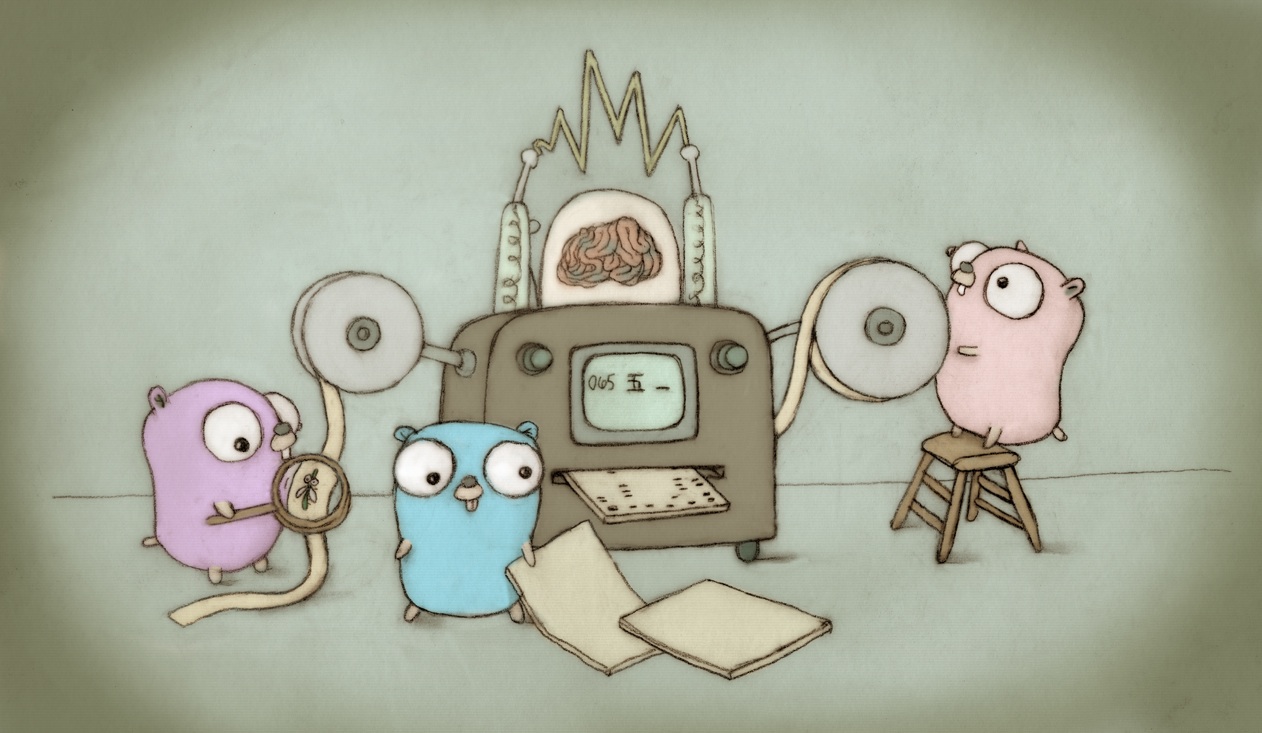This change switches isSending to be an atomic.Int32 instead of an atomic.Uint8. The Int32 version is managed as a counter, which is something that we couldn't do with Uint8 without adding a new intrinsic which may not be available on all architectures. That is, instead of only being able to support 8 concurrent timer firings on the same timer because we only have 8 independent bits to set for each concurrent timer firing, we can now have 2^31-1 concurrent timer firings before running into any issues. Like the fact that each bit-set was matched with a clear, here we match increments with decrements to indicate that we're in the "sending on a channel" critical section in the timer code, so we can report the correct result back on Stop or Reset. We choose an Int32 instead of a Uint32 because it's easier to check for obviously bad values (negative values are always bad) and 2^31-1 concurrent timer firings should be enough for anyone. Previously, we avoided anything bigger than a Uint8 because we could pack it into some padding in the runtime.timer struct. But it turns out that the type that actually matters, runtime.timeTimer, is exactly 96 bytes in size. This means its in the next size class up in the 112 byte size class because of an allocation header. We thus have some free space to work with. This change increases the size of this struct from 96 bytes to 104 bytes. (I'm not sure if runtime.timer is often allocated directly, but if it is, we get lucky in the same way too. It's exactly 80 bytes in size, which means its in the 96-byte size class, leaving us with some space to work with.) Fixes #69969. Related to #69880 and #69312. Change-Id: I9fd59cb6a69365c62971d1f225490a65c58f3e77 Cq-Include-Trybots: luci.golang.try:gotip-linux-amd64-longtest Reviewed-on: https://go-review.googlesource.com/c/go/+/621616 Reviewed-by: Ian Lance Taylor <iant@google.com> Auto-Submit: Michael Knyszek <mknyszek@google.com> LUCI-TryBot-Result: Go LUCI <golang-scoped@luci-project-accounts.iam.gserviceaccount.com> |
||
|---|---|---|
| .github | ||
| api | ||
| doc | ||
| lib | ||
| misc | ||
| src | ||
| test | ||
| .gitattributes | ||
| .gitignore | ||
| codereview.cfg | ||
| CONTRIBUTING.md | ||
| go.env | ||
| LICENSE | ||
| PATENTS | ||
| README.md | ||
| SECURITY.md | ||
The Go Programming Language
Go is an open source programming language that makes it easy to build simple, reliable, and efficient software.
 Gopher image by Renee French, licensed under Creative Commons 4.0 Attribution license.
Gopher image by Renee French, licensed under Creative Commons 4.0 Attribution license.
Our canonical Git repository is located at https://go.googlesource.com/go. There is a mirror of the repository at https://github.com/golang/go.
Unless otherwise noted, the Go source files are distributed under the BSD-style license found in the LICENSE file.
Download and Install
Binary Distributions
Official binary distributions are available at https://go.dev/dl/.
After downloading a binary release, visit https://go.dev/doc/install for installation instructions.
Install From Source
If a binary distribution is not available for your combination of operating system and architecture, visit https://go.dev/doc/install/source for source installation instructions.
Contributing
Go is the work of thousands of contributors. We appreciate your help!
To contribute, please read the contribution guidelines at https://go.dev/doc/contribute.
Note that the Go project uses the issue tracker for bug reports and proposals only. See https://go.dev/wiki/Questions for a list of places to ask questions about the Go language.